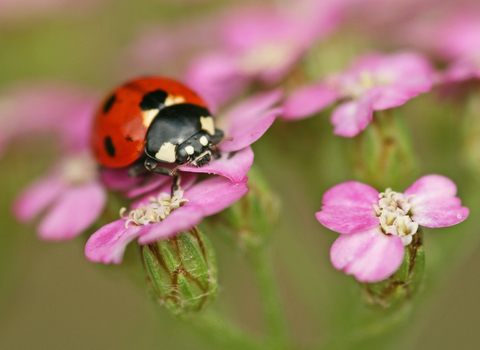The two charities are calling on gardeners to create habitats for these important but often overlooked insects which are a vital part of every healthy garden.
Providing a patch for beetles, including ladybirds, ground beetles and rose chafers, is a great way to encourage balance in the garden and boost biodiversity, with many species under threat from habitat loss, pesticide use and climate change.
The UK has more than 4,000 beetle species and, although a handful may eat plants, many are predators, pollinators and decomposers, feeding both the soil and larger garden visitors such as birds and hedgehogs.
Ladybirds help gardeners by eating aphids while some ground beetles feed on vine weevil grubs and water beetles keep mosquito larvae under control in ponds. Even the much-maligned lily beetle provides food for three parasitoid wasps.
A new campaign guide published today, ‘Bring back our beetles’, includes ideas for making your garden more beetle-friendly this year:
- Build a beetle bank – Adding a mound of soil, particularly in flat gardens, adds both shady and sunny habitat and provides shelter for lots of invertebrates
- Make a dead hedge – Structured piles of branches and twigs can be used to divide up an area of the garden and provide a residence for beetles as they rot away
- Create a beetle bucket – perfect for small gardens, filling a bucket with rotting wood and leaves makes a home for all sorts of beetles and other insects
Log and rock piles, plenty of pollen-rich flowers and not cutting back dead plant stems until late winter are other good ways to attract beetles and other wildlife.




